Last Updated on July 30, 2021
I was eight years old when my friend's dad took us to the theaters to see ARMY OF DARKNESS. During that time, you didn't need a baby sitter for every little thing and could just take a couple of kids to an R-rated movie if you felt the need to get out for the night. You could also smoke in bars, but that's a different story for a different time. I'd argue I was a damn lucky kid, and so my love for THE EVIL DEAD and the genius of Sam Raimi was born that cold winter night. Twenty-six years later, I got to ask the man himself about his craft and his new mobile series, 50 STATES OF FRIGHT.
Sam Raimi is no stranger to television with ASH VS EVIL DEAD and RAKE under his belt, but what makes 50 STATES OF FRIGHT so exciting is that it's the first format to be offered and produced exclusively for mobile devices. This past Monday the 13th, Quibi premiered the series with Sam Raimi's three-parter THE GOLDEN ARM, which I loved and reviewed HERE. Having the launch of arguably the streaming service's biggest show, we were able to participate in a group interview with the executive producer and writer/director extraordinaire, Sam Raimi.

With Quibi being a relatively new service and format, What can you tell us about the challenges of working within its strict time limitations?
"The challenges of working in the format were a limited time to shoot like any television program would have, even though this is a new format, that limitation was the same, and limited resources. These are not big-budget films… With 50 STATES OF FRIGHT, it was like making nine independent films. We didn't have the same sets that a TV show would have or the same wardrobe for your characters. But each of these shoots, each one of these the actors and wardrobe, was unique to the twenty-four-minute show. So it came down to not relying on visual effects or a big-budget spectacle, but trying to get back to the basics of telling a simple story. That was both the challenge given by the format and the limitations of budgets. But also the advantage is that we knew that audiences dig good stories, and so that's where we put our focus."
Did you guys have a mission statement in regards to how bloody, gory or violent episodes could or should be?
"No, we didn't really have a mission statement regarding that. We just tried to stay focused on characters and making sure that the audience was left with a good cliffhanger at the end of every episode, and hopefully, some chilling and thrilling ideas. And with each story, those are the things that the producers and myself are really focused on with the writers and the directors. We really never set a limitation bar about how gory or bloody a show should be."
Could you talk about the genesis of the idea for 50 STATES OF FRIGHT?
"It was really these other producers that came to me with the idea of 50 STATES OF FRIGHT. They were working for a company called Gunpowder and Sky, and they said, 'We think that this is a really good format for a TV show, each week telling the horror story of a different state or lore that every state must have.' In the state of Michigan, my home state, you'll see at local tourist spots, Ghost Stories of Michigan, a little pamphlet that a local writer has published, and I've seen something similar in the state of Illinois. I realized there must be writers and stories for every state. I recognized they had a great idea, and then we to it took Quibi and pitched it."
I love the look of the prosthetic in THE GOLDEN ARM. It has an ARMY OF DARKNESS vibe to it. I was wondering what effects artists did you work with to pull off the look of that arm?
"There were local effects artists, and there were a lot of them in Vancouver where I work. I went up there, quickly did prep, piecing everything together, and then we shot. We then came home and cut it in a very short amount of time. But one of my requests was to see if it could be an appealing thing. Usually, an artificial limb, in its very nature, is not an appealing thing. Could the designer make it desirable, not off-putting? I think the team that cast it and designed it did a very nice job. I think what helped them achieve their goal was that we had, in contrast, the first artificial limb that Rachel's character wore. So we're able to make that a little more cold and unappealing so that in comparison, the golden arm seemed more welcoming. I think what also helped the appeal was that the director of photography put a beautiful golden-hued light on it and made sure the sun was streaming through that barn. And most of it is sold through Rachel's performance. It made her happy, and I think that's what left the impression on the audience; It was a pretty thing."
Do you think in some ways the horror format works better in a short-form format, whether it's ten minutes or a half an hour? Do you think this genre tends to be a little punchier here when you can boil it down to its essence?
"I'm sure that there is some long-form horror stories that work very well, like the great Stephen King books CARRIE and THE SHINNING. When you have a great writer who can fill out the second and third acts and supporting characters and themes, then I think it works great. But for me, I'm not a great writer, but I do love those stories. The kind of stories you tell around the campfire. And so, yes, for me, I think it works beautifully to have a fifteen-minute story. It's kind of like a rollercoaster ride. You don't really want to be on for an hour and a half. I'd like a five to ten-minute thrill experience with its ups and downs. I think for me, the format is perfect for conveying thrills and chills and little ghost stories."
What are the biggest lessons you learned from the short film format, both as a director and a writer?
"The biggest lessons I've learned are the lessons I've learned in the past; Great actors are everything. And that no amount of special effects can beat a simple fun story."
You have all of these really great stories from different states, but is there a thought process on where you might go to expand this further?
"How it's been expanding is when writers and directors hear about the show. It seems like every one of them is coming up to the producers saying, 'Hey, I'm from Iowa. Can I tell my little ghost story that we used to tell back home?' or somebody comes from New York and says, 'There is this story of this haunted bridge I want to tell.' It seems like everybody has a horror story from their home state as it turns out, and all of these writers and directors want to do their home state. It's through no real imagination of the producers or myself that this is expanding. It has to be successful on Quibi first, but if it is successful, we've got a lot of writers and directors who want to tell their story from their place of origin.
How was the process of finding other different directors? And was there any advice you gave them in regards to making an impactful short-form segment?
"Well, the directors on this, for the most part, they've come to the producers. They hear about the show through their agents and that we are looking for stories. And when they hear that they can tell a story from their local state, they come swarming to the producers. It is different than a normal horror story that you write. You normally look for a writer to write for you. There's a real passion for these stories and seems like, with maybe a few exceptions, these are stories that terrified these writers and directors as kids, and they experienced how frightening they were…So it's really an unusual project in the sense that they are really independent mini-movies that seemed to be filled with passion by the storytellers."
You said you simplified with this series. So how was that as a writer and a director? And how do you still bring these very real moments in a simple and smaller format?
"Well, it was about being precise and concise with the ideas. I remember my brother and I wrote a scene about Rachel's character to describe how sad and lonely it was for her, and how difficult life would be when she'd lost her arm. We really wanted to support the idea that she needed this golden arm, that she felt it was something that would complete her. But in trying to be precise, it became more powerful. And were reminded how smart the audience is and how far ahead of us they always are. We boiled it down to just a moment of Rachel in the garden, standing where she used to enjoy growing her flowers and being unable to. And a moment of embarrassment that she couldn't hold a bag of groceries in front of some children. And that's all we needed it turned out. When we boiled it down and we dug in deep with some little seeds and a little bit of fertilizer, then they can grow the idea in their head. It turns out this series is a reminder to me about the great quality of minimalism and how the audience really fills in the blanks."
Can you talk a little bit about some of the visual and audio tricks you use to keep people focused on what they're watching on this type of quick format?
"What I'm trying to do is trying to be a dramatic as possible, certainly, and to tell the story and make it dynamic. I don't want to keep things on a monochromatic level. I'm not trying to lull the audience into a state of complacency; I am trying to shock and scare them. We're using, let's say, volume as a device. Were trying to lull them into a state of suspense while trying to shock them. Obviously pushing the audio gain at moments. Other times we want them to be taken into the story and feel the love of the characters, for instance. Sometimes we will drop all realistic sounds, and I'd like only the music to play so that the audience can be in a dreamy place and feel the love of the characters that they are feeling on screen. Other times I want the audience like in this story to be aware of a supernatural presence, something not of this earth. So we'll try and create something the audience hasn't heard before, and like in this story, or our main character had breathing problems. She has a lung disease caused by the golden arm. When she was coming back from the dead, haunting her husband, I wanted the audience, and I wanted him to hear the wind. But I wanted within that wind, to hear her labored breathing. Maybe it was her? Or was it just the wind? So we took a digital wind sound, and we sampled her breathing. We then let the wind drive the digital effect of her breathing, so to speak."
Sign up for Quibi's 90-day free trial right HERE!
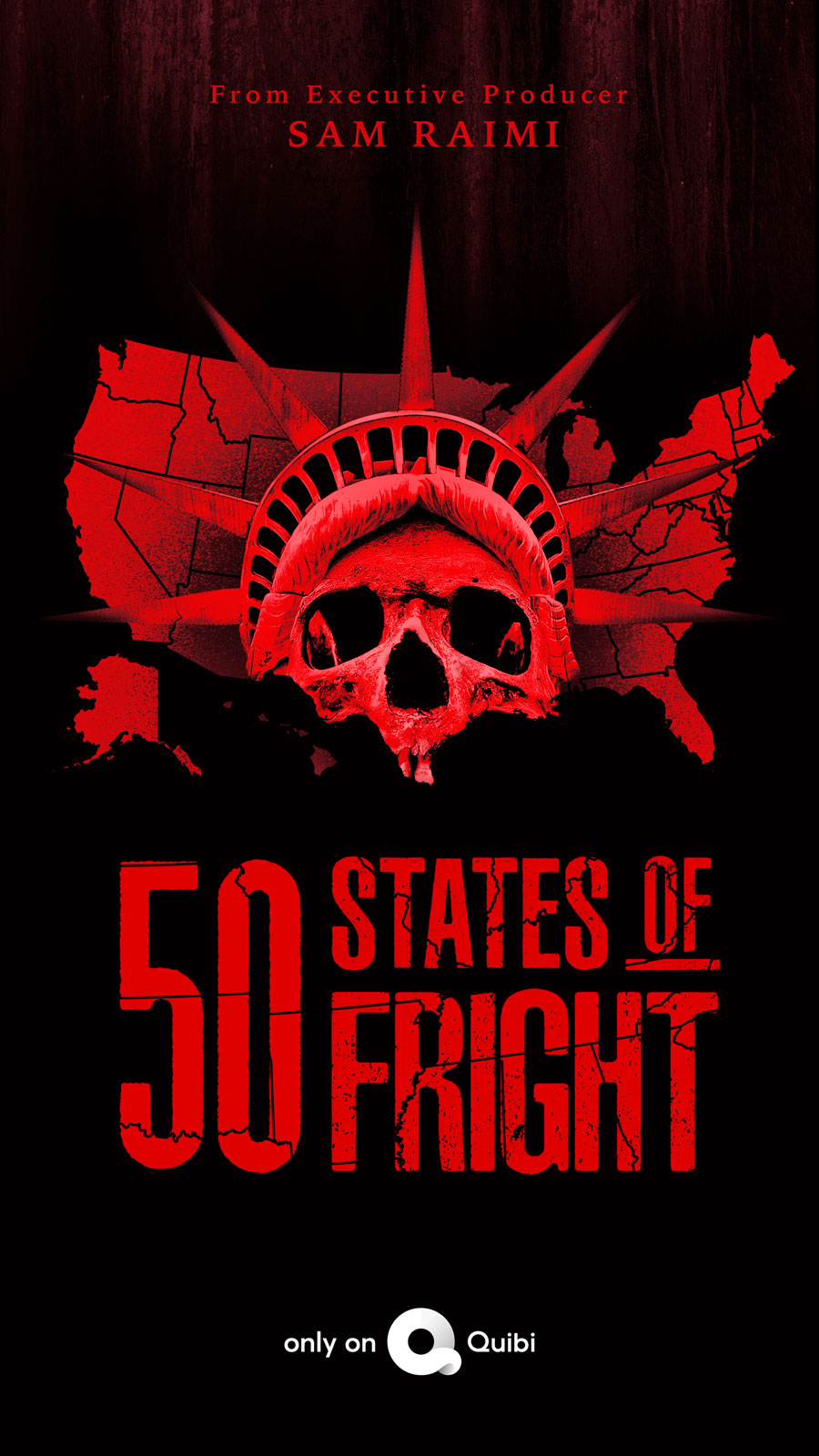






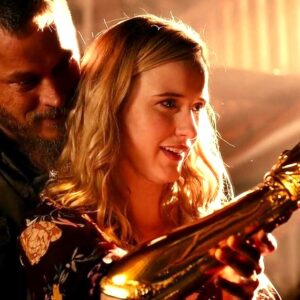
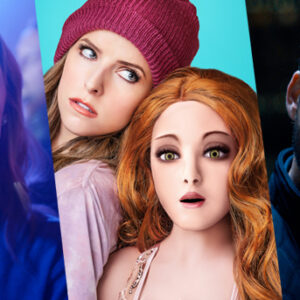


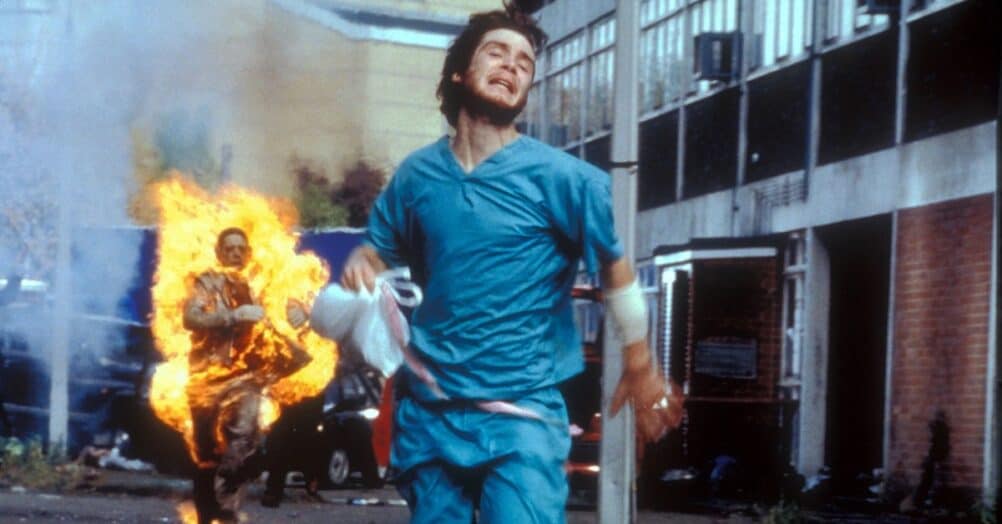





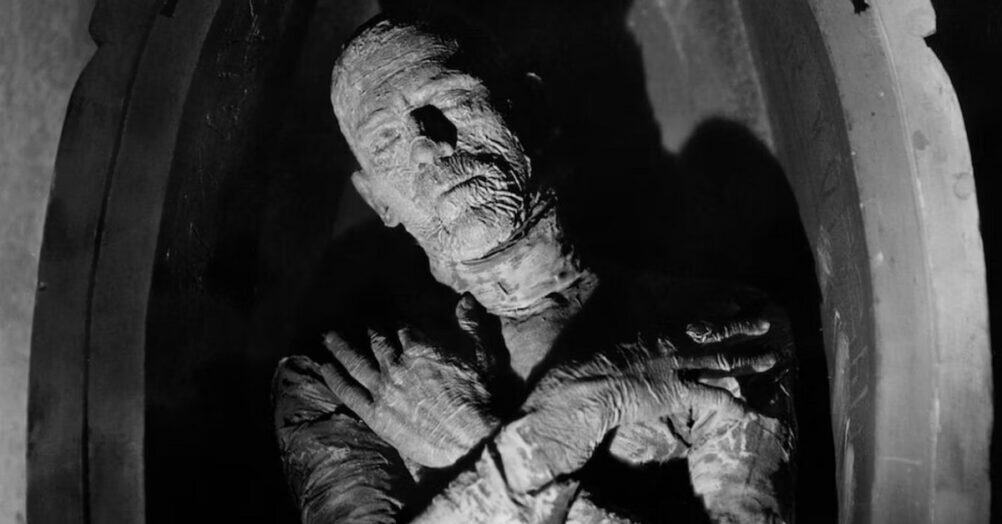
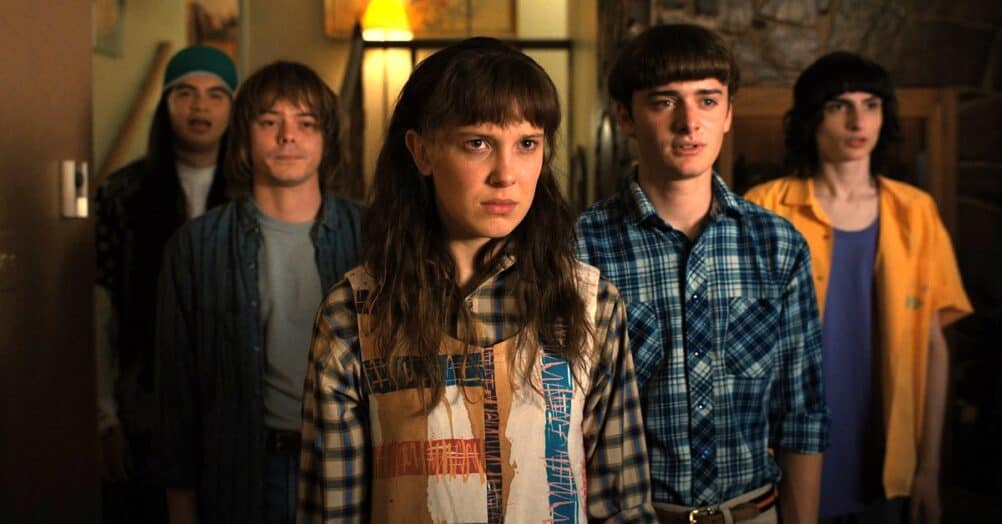

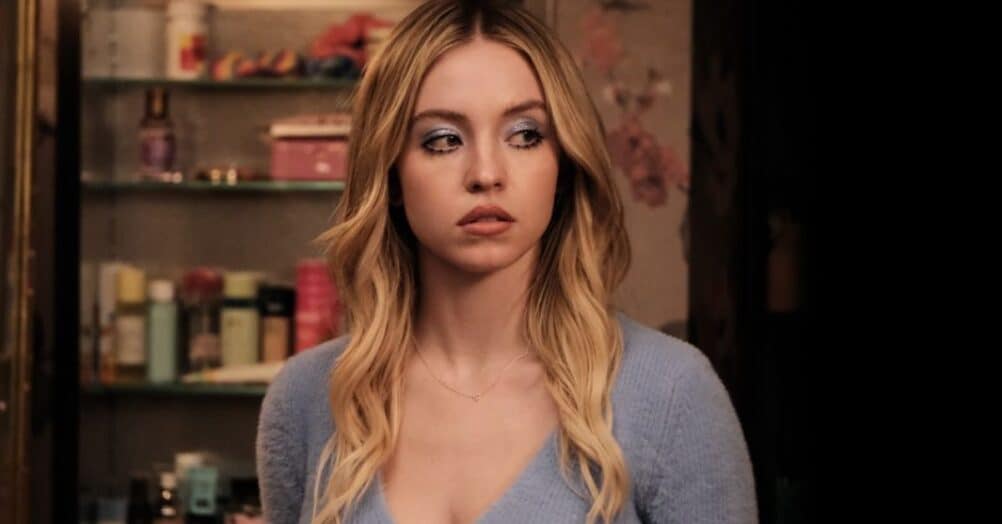
Follow the JOBLO MOVIE NETWORK
Follow us on YOUTUBE
Follow ARROW IN THE HEAD
Follow AITH on YOUTUBE